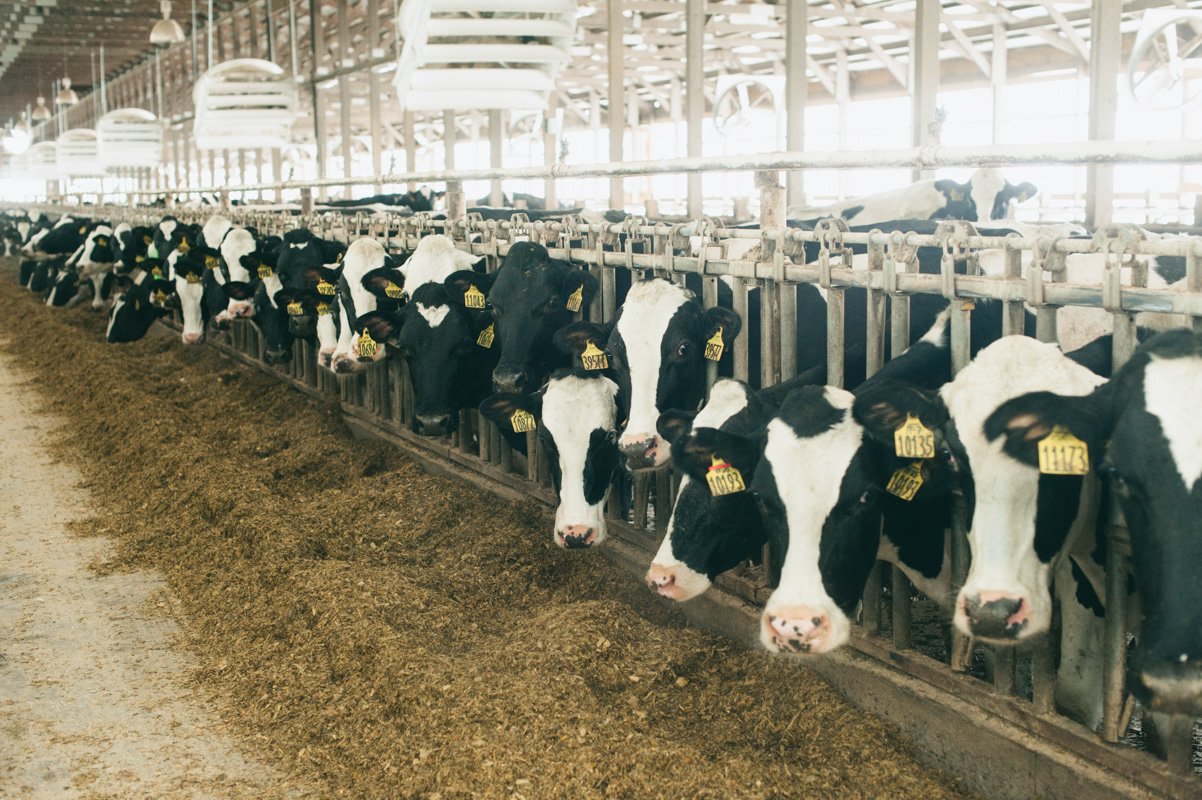The journey of dairy products from farm to table is a fascinating exploration of a complex supply chain that transforms raw milk into the diverse array of products we find in our refrigerators. This journey involves multiple stages, each playing a crucial role in ensuring the quality, safety, and freshness of dairy products.
1. The Beginning: Dairy Farming
The journey commences at dairy farms, where dedicated farmers nurture and care for dairy cows. The well-being of these animals directly influences the quality of milk they produce. Modern dairy farms employ advanced technologies to monitor the health of cows, ensuring optimal living conditions and nutrition. From the early morning milking sessions to the evening routines, the dedication of farmers is evident in the wholesome milk they harvest.
2. Milking and Processing
Once collected, the raw milk undergoes a series of stringent quality checks to meet industry standards. The milking process has evolved significantly, with automated milking machines streamlining the collection process while maintaining hygiene. After collection, the milk is rapidly cooled to preserve its freshness before transportation to processing facilities.
Processing plants are pivotal in the transformation of milk into various dairy products. In these facilities, milk is pasteurized to eliminate harmful bacteria, ensuring the safety of the end product. The separation of cream, homogenization, and fortification with essential nutrients are integral steps in creating diverse dairy items such as butter, cheese, yogurt, and milk itself.
3. Packaging and Distribution
The next stage involves packaging and distribution. Advanced packaging technologies, including aseptic packaging and vacuum-sealing, help extend the shelf life of dairy products. Efficient distribution networks, comprising refrigerated transportation, ensure that these products reach retailers and consumers with minimal delays, maintaining their freshness.
4. Retail Journey: From Shelves to Carts
Dairy products then make their way onto the shelves of grocery stores, supermarkets, and local markets. The consumer is presented with a myriad of choices, from organic and locally sourced to international brands. The labels on these products provide essential information about their nutritional content, origin, and recommended usage.
